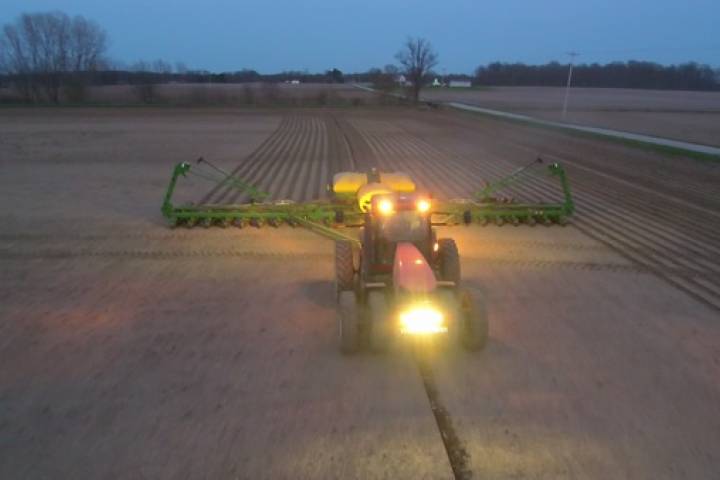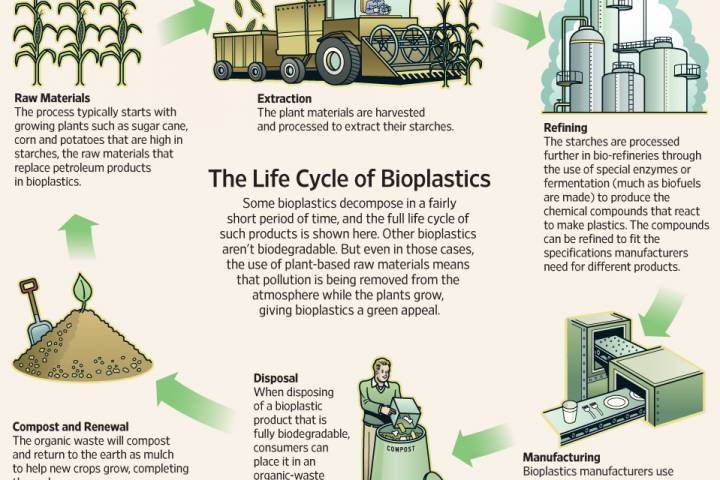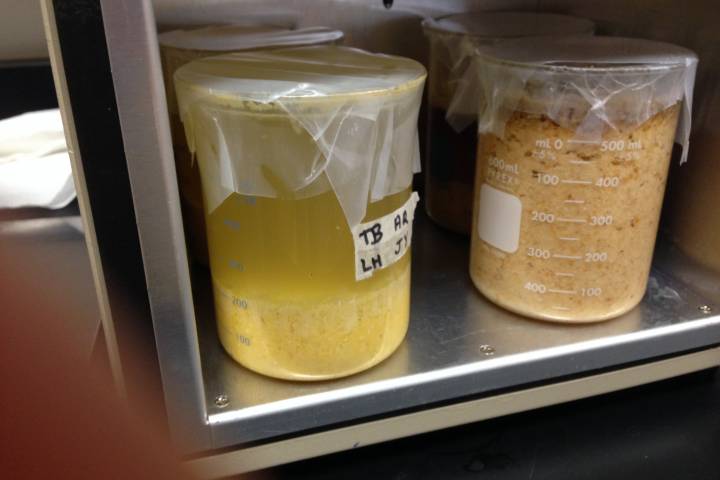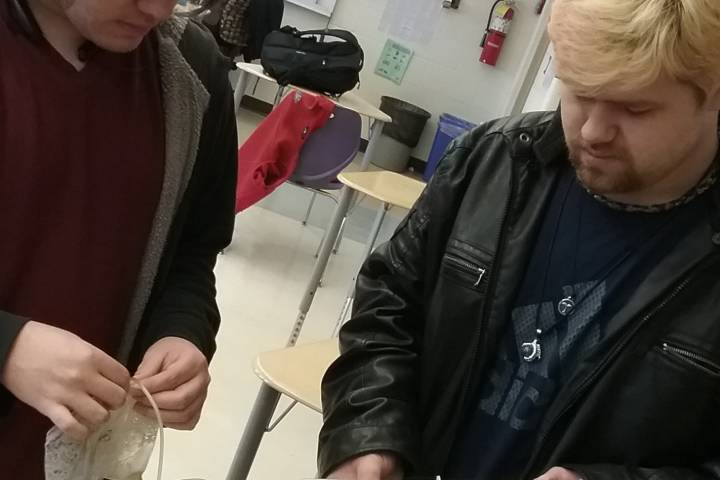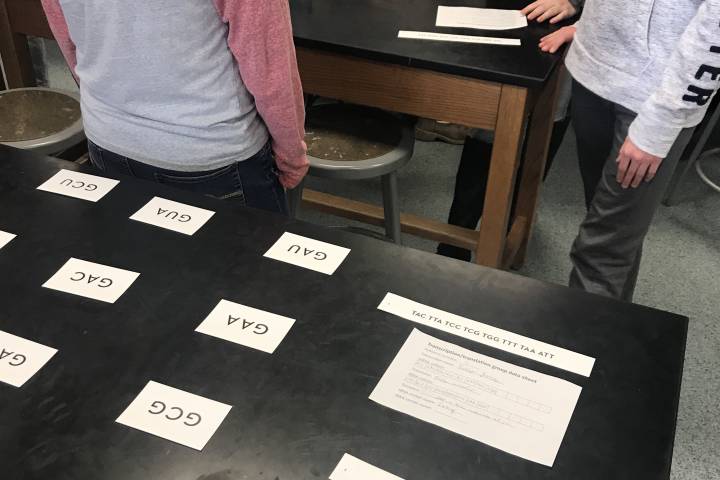News
Teachers all over the state and beyond are using Feed the World lessons with their students! See how other teachers are implementing this curriculum in their classrooms, learn about emerging agricultural topics and resources, and get the latest updates on our workshops and satellite activities.
Viewing all stories.
Browse stories categorized: Teacher stories Emerging topics Workshop news
Browse stories categorized: Teacher stories Emerging topics Workshop news
Corn farming through the year: spring
Farmers must make decisions and take action at various points throughout the year to ensure a good harvest. National Corn Growers Association Corn Board member and Ohio corn farmer John Lindner talks about getting ready for spring planting. Soil testing Soil sampling gives us an idea about the nutrient levels on our fields, to help us understand …
Agricultural engineering is full of exciting possibilities!
Learn how agricultural engineers apply engineering technology and science to help farmers be more productive, reduce environmental impacts, and keep our food affordable, safe, healthy and delicious. This video will show you just some of the many exciting jobs and projects in this career area! Thanks, PBS Learning Media, for this resource.
Ohio Corn & Wheat grant provides distillation equipment
Mike Liston, an instructor at Tolles Career and Technical Center, used a $500 grant from Ohio Corn & Wheat to order distillation equipment. He had his career tech lab students work with Cathy Mehl’s chemistry students to do the corn mash and distillation lab . Feed the World alumni educator John Thomas, another Tolles instructor, was also …
Students gain understanding of the importance of farmers
Scott Oldfield teaches science at Butler High School. He was part of the Findlay summer Feed the World workshop sponsored by Ohio Corn & Wheat which provided supplies and lessons to connect classroom science with modern agriculture. Oldfield explains how he has used these resources: The implementation of my agriculture unit was much more …
Learning about the science of food
Helping connect the classroom to real-world science is one of Feed the World’s goals. Stacie Taylor of Bethel Tate High School used what she learned at the Ohio Corn & Wheat-sponsored summer Feed the World workshop with her biology students at Bethel Tate High School to help them understand how this science relates to agriculture. As part of …
GMO speed dating—find the perfect match!
The students in Joyce Pippert’s biology class have been studying about GMOs: what they are, what they’re not, and the benefits that they bring. As closure to the unit, Pippert had them do the GMO speed dating activity from the Feed the World curriculum. Each student received either a donor or a recipient card with information about the organism …
DNA in a hands-on way
Help your students really understand the structure of DNA and its component parts! Ann Rougier teaches Biology and AP Anatomy at Stivers School for the Arts in Dayton. Since attending the Ohio Corn & Wheat-sponsored Feed the World summer workshop , Rougier has incorporated several of the lessons into her classroom curriculum. As part of her …
Bio-renewable process could help “green” plastic
When John Wesley Hyatt patented the first industrial plastic in 1869, his intention was to create an alternative to the elephant tusk ivory used to make piano keys. But this early plastic also sparked a revolution in the way people thought about manufacturing – what if we weren’t limited to the materials nature had on offer? Over a century later, …
